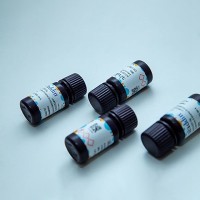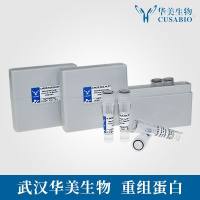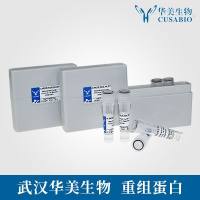Platelet Adhesion to the Subendothelium Under Flow
互联网
互联网
相关产品推荐

Fibronectin Adhesion-promoting Peptide (Heparin Binding Peptide);≥98%;125720-21-0;阿拉丁
¥1293.90

Pdgfb/Pdgfb蛋白Recombinant Mouse Platelet-derived growth factor subunit B (Pdgfb) (Active)重组蛋白Platelet-Derived Growth Factor Subunit B蛋白
¥3660

RASSF5/RASSF5蛋白Recombinant Human Ras association domain-containing protein 5 (RASSF5)重组蛋白New ras effector 1 Regulator for cell adhesion and polarization enriched in lymphoid tissues蛋白
¥1836

Recombinant-Dog-Intercellular-adhesion-molecule-1ICAM1Intercellular adhesion molecule 1; ICAM-1 Alternative name(s): CD_antigen= CD54
¥13258

Recombinant-Rat-Membrane-primary-amine-oxidaseAoc3Membrane primary amine oxidase EC= 1.4.3.21 Alternative name(s): Copper amine oxidase Semicarbazide-sensitive amine oxidase; SSAO VP97 Vascular adhesion protein 1; VAP-1
¥15554

